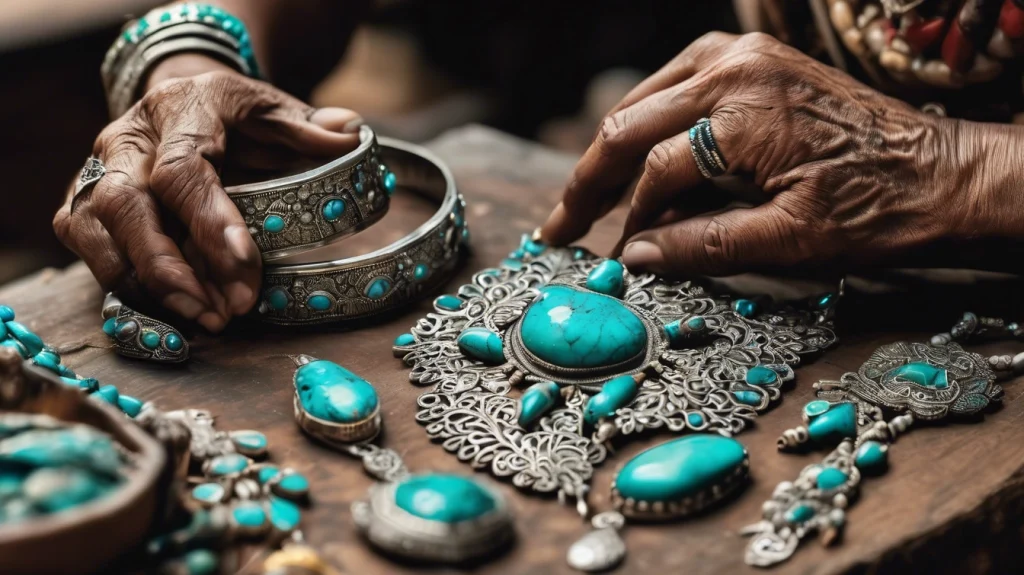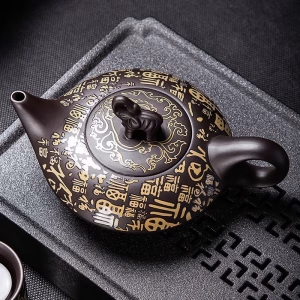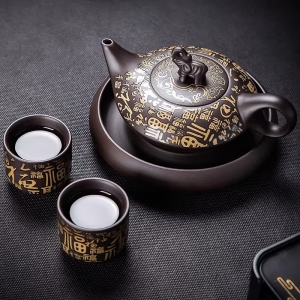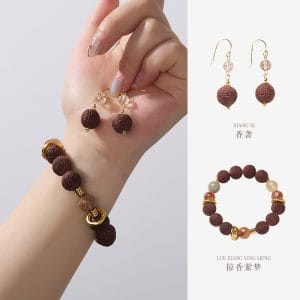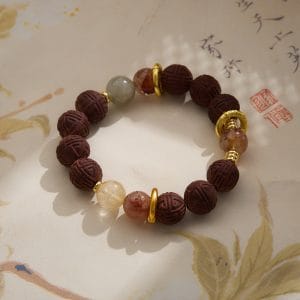The Soul of Handmade Ethnic JewelryThere’s something undeniably magnetic about handmade ethnic jewelry—pieces that seem to hum with stories, history, and a kind of quiet power. I’ve always been drawn to them, not just for their beauty, but for the palpable sense of intention woven into every curve and clasp. It’s in the way a artisan’s hands shape raw materials, infusing them with purpose long before they ever grace a wrist or neckline. This isn’t mass-produced trinketry; it’s wearable narrative, crafted to resonate. I remember picking up a silver amulet in a dusty Marrakech souk years ago, feeling its weight and texture, and knowing instantly it was more than an accessory. The vendor spoke of protection, of blessings embedded in the metalwork, and though I’m not superstitious, I wore it for years—through highs and lows, as a quiet companion. That piece didn’t magically solve problems, but it reminded me to stay grounded, to trust the process. It became a touchstone, a small, solid thing in a chaotic world. And isn’t that what luck really is? Not a lightning strike of fortune, but the steady accumulation of mindful choices, of surrounding yourself with objects that mean something. Handmade ethnic jewelry, in its authenticity, offers that: a bridge to tradition, to craftsmanship, to the idea that we can carry a bit of that intentionality with us.
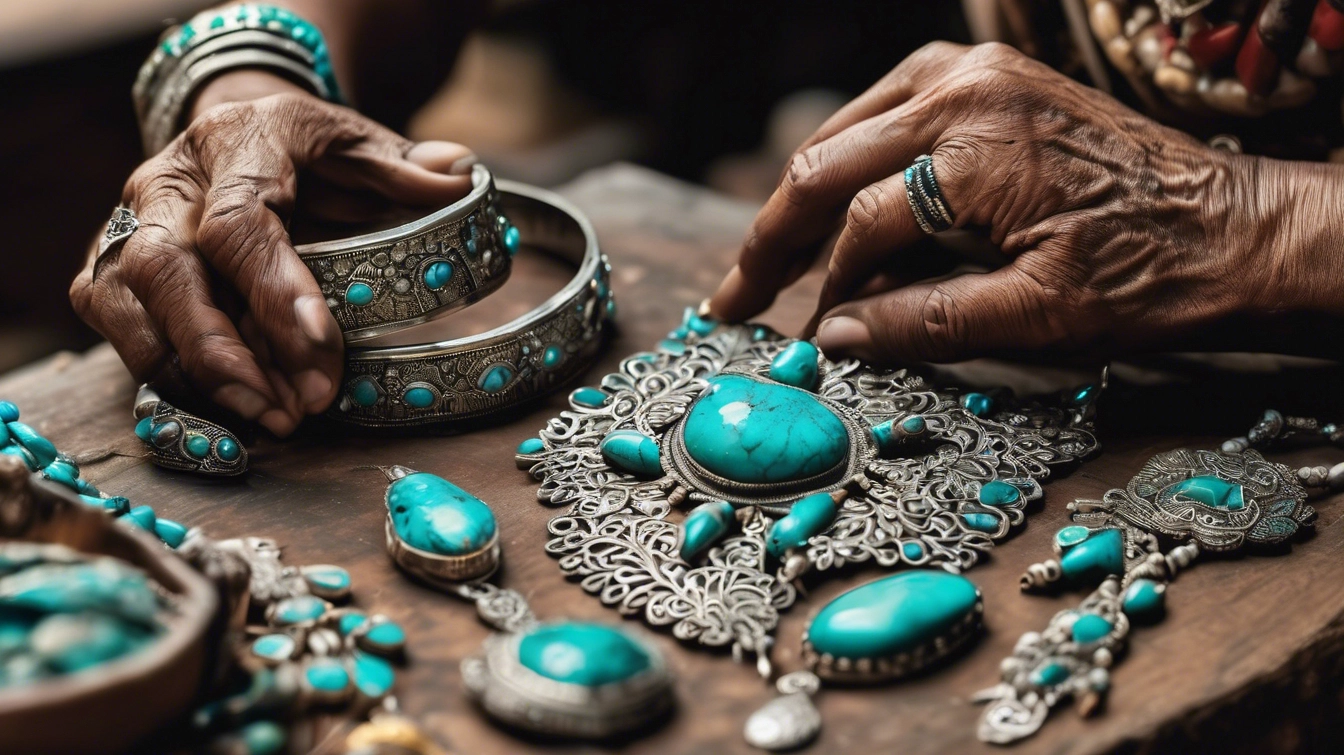
When we talk about boosting luck, it’s easy to veer into the abstract, but the truth is, it often starts with the tangible. The materials chosen in crafting these pieces aren’t arbitrary; they’re selected for their historical, cultural, and sometimes metaphysical properties. Silver, for instance, is frequently used in protective amulets across cultures for its purifying qualities. Turquoise, revered by Native American and Tibetan artisans, is believed to attract good health and positive energy. Even the act of hand-carving wood or stone imbues the object with a unique vibration—something no machine can replicate. Industry reports suggest that consumers are increasingly valuing this authenticity, with around 6%–12% of jewelry buyers specifically seeking out handmade, culturally significant pieces for their perceived energetic benefits. It’s not about迷信, but about connection: to the earth, to history, to the hands that made it. Wearing a piece crafted with such care can serve as a daily reminder to cultivate your own luck, to be present, and to honor the craftsmanship that turns raw materials into personal talismans.
The Alchemy of Craftsmanship and IntentionCraftsmanship is where materials transcend their physical form and become something more. It’s the meticulous hammering of metal, the careful setting of stones, the patient weaving of beads—each action a deliberate step in creating not just an object, but an artifact of intention. I’ve watched artisans at work, their focus absolute, their movements both practiced and reverent. There’s a rhythm to it, a meditation. This process charges the piece with a energy that’s absent in factory-made items. It’s the difference between a quickly printed poster and an oil painting; both can be beautiful, but one carries the soul of its creator. This alchemy is crucial when we think about boosting luck. Luck isn’t passive; it’s often the result of alignment—being in the right place, with the right mindset, and sometimes, with the right objects that symbolize what we seek. A well-crafted piece of jewelry can act as an anchor for that alignment, a physical manifestation of your intentions. Whether it’s a necklace worn during important meetings or a ring that reminds you to stay brave, these items become partners in your journey, silent cheerleaders crafted with skill and heart.
One of my favorite good finds is a particular type of handmade ethnic jewelry: the Hamsa hand, often crafted in Israel or Morocco. These pieces, typically made of silver or gold and sometimes adorned with turquoise or coral, are beautiful examples of craftsmanship meeting intention. The Hamsa is a ancient symbol of protection, believed to ward off negativity and invite good fortune. What makes the handmade versions so special is the variation—no two are exactly alike, each bearing the slight imperfections that speak to human creation. I recommend seeking out artisans on platforms like Etsy or at local cultural fairs, where you can often learn about the maker and the process. Look for pieces where the detailing is crisp, the materials feel substantial, and the design resonates with you personally. It’s not about the most expensive option, but the one that feels right. Wearing it becomes a practice, a small ritual of aligning yourself with protection and positivity, a daily boost crafted from metal and meaning.
Beyond the immediate beauty, there’s a deeper value in investing in craftsmanship. These pieces are built to last, often becoming heirlooms rather than seasonal trends. The time and skill invested mean they withstand wear, growing more beautiful with age as they accumulate your own stories. This longevity is itself a form of luck-building—a reminder that good things take time, that value is built through patience and care. In a world of fast fashion and disposable goods, a well-made item stands as a testament to sustainability and thoughtfulness. It encourages a slower, more intentional approach to life, which in turn can attract more meaningful opportunities. When you choose quality over quantity, you’re not just accessorizing; you’re curating a personal ecosystem of objects that support and inspire you. It’s a subtle shift, but a powerful one: luck favors the mindful, and craftsmanship is mindfulness made manifest.
Integrating these pieces into your life doesn’t require a complete wardrobe overhaul. Start small. Choose one item that speaks to you—a pair of earrings, a bracelet, a pendant—and wear it consistently. Let it become your touchstone for the energy you want to invite. Before putting it on, take a moment to set an intention: perhaps for clarity, courage, or connection. This practice, however brief, activates the piece beyond its aesthetic role, making it a active participant in your day. I have a simple silver ring, bought from a silversmith in Santa Fe, that I wear whenever I need a confidence boost. It’s not magic, but it is a reminder—a physical cue to stand a little taller, to speak my truth. Over time, these small actions compound, creating a momentum that feels very much like luck. The craftsmanship holds the space, but you fill it with your own purpose.
Ultimately, boosting luck through materials and craftsmanship is about engaging with the world more consciously. It’s recognizing that the objects we choose to keep close can influence our mindset, our actions, and by extension, our outcomes. Handmade ethnic jewelry, with its rich materials and skilled artistry, offers a unique avenue for this engagement. It connects us to traditions older than ourselves, to the hands that shaped it, and to the intentions we set for our own lives. So next time you’re looking for a little extra luck, skip the generic charm and seek out something made with soul. Hold it, feel its weight, learn its story. Let it be a beautiful, daily reminder that luck isn’t just found—it’s crafted, worn, and lived.
You may also like
The Palace Museum Paper-Cut Light Art Fridge Magnets: Chinese Cultural Style Creative Gift Series
Price range: $27.00 through $36.00 Select options This product has multiple variants. The options may be chosen on the product pageAladdin’s Lamp Heat-Change Purple Clay Tea Pot
Original price was: $108.00.$78.00Current price is: $78.00. Add to cartHandwoven Zhuang Brocade Tote Bag – Large-Capacity Boho Shoulder Bag
Original price was: $178.00.$154.00Current price is: $154.00. Add to cartAncient Craft Herbal Scented Bead Bracelet with Gold Rutile Quartz, Paired with Sterling Silver (925) Hook Earrings
Original price was: $322.00.$198.00Current price is: $198.00. Add to cartBambooSoundBoost Portable Amplifier
Original price was: $96.00.$66.00Current price is: $66.00. Add to cartAncient Craftsmanship & ICH Herbal Beads Bracelet with Yellow Citrine & Silver Filigree Cloud-Patterned Luck-Boosting Beads
Original price was: $128.00.$89.00Current price is: $89.00. Add to cart

